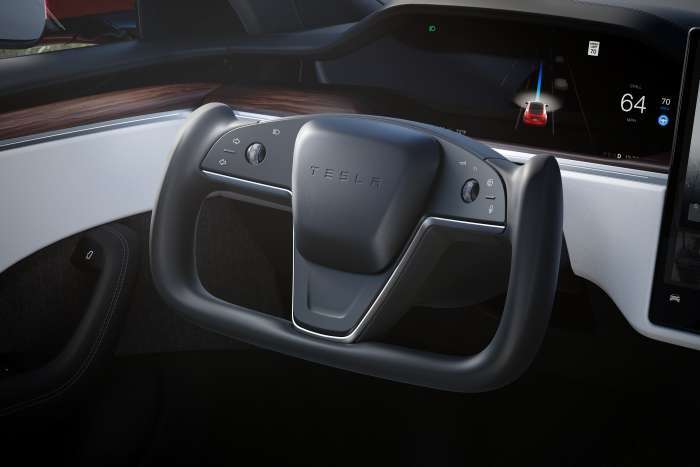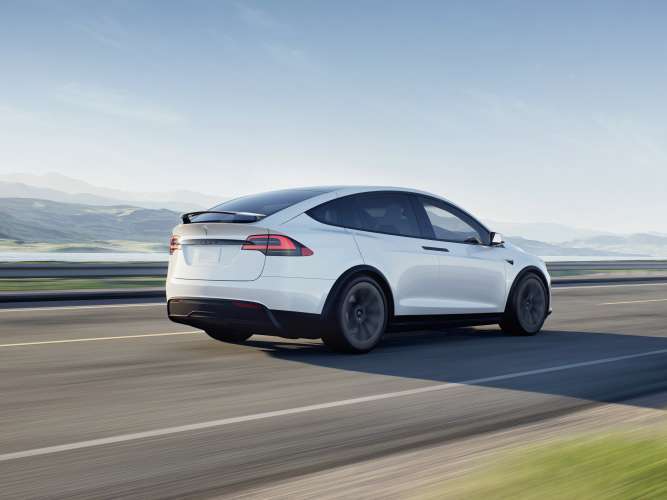Within the wide range of companies owned by Elon Musk, SpaceX and Starlink have been established as two important benchmarks in their respective fields. The tycoon's aerospace company flies constantly into space on missions in support of NASA (in addition to many other private missions). For years now SpaceX has been deploying a network of communications satellites, Starlink; a global network that will allow satellite connection anywhere in the world, not only on mobile devices, but also on Tesla cars.
The need to be connected is in fact not only focused on the ability to receive or send messages, or the ability to connect to social networks, it is also a mere security issue: being able to contact the authorities or emergency services anywhere in the world becomes essential to guarantee greater security in each trip. Starlink will allow that possibility, although for now we will have to continue waiting patiently.

In an event shared between SpaceX and T-Mobile, one of the largest telephone companies in Germany, both companies announced a close collaboration that will allow users a direct connection to the Starlink second generation network; a step forward much celebrated by users and experts thanks to this global coverage. When specifically asked about it, Elon Musk himself confirmed that Tesla cars will soon also be able to have access to a direct connection to the satellite network.
Although it is not the most powerful data network in the world, the connection will be limited to between 2 and 4 Mb per cell area (a certain number of satellites basically cover a certain area as per their trajectory). At the moment the connection will not offer the speed that ca be achieved through the network of antennas, but as indicated by SpaceX, the connection will be fast enough for users to send text messages or make calls even in the most remote and far away parts of the planet.

The company calculates that the speed of the connection will be powerful enough to actually allow one or two thousand calls per cellular area; the data transfer will not be very large, but enough to be able to communicate by telephone. Users will not have to make any adaptations to their devices, which has generated some doubts among the Tesla driver community; mostly about the possibility of being able to implement the system directly in the company's cars. Elon Musk has basically communicated that it will be done for sure, as it is already being deployed in many Tesla Supercharger stations.
SpaceX and T-Mobile announce partnership for Starlink enabled mobile connection - Drive Tesla Canada https://t.co/KaIKuk1rEx
— → Supercool Future (@supercoolfuture) August 26, 2022
However, cars require a more evolved connection system: in an emergency situation the cars need to send a series of location and safety data to the authorities; a volume that for the moment will not be possible to transmit with the network that SpaceX and T-Mobile have just announced. In order to offer this possibility, it is necessary to implement a network of more advanced, next-gen satellites. Musk has already confirmed that the improved Starlink network will begin to be deployed and start operations by 2023, although no exact dates are being discussed at the moment.
Source: driveteslacanada
All images courtesy of Tesla Inc.
Nico Caballero is the VP of Finance of Cogency Power, specializing in solar energy. He also holds a Diploma in Electric Cars from Delft University of Technology in the Netherlands, and enjoys doing research about Tesla and EV batteries. He can be reached at @NicoTorqueNews on Twitter. Nico covers Tesla and electric vehicle latest happenings at Torque News.











